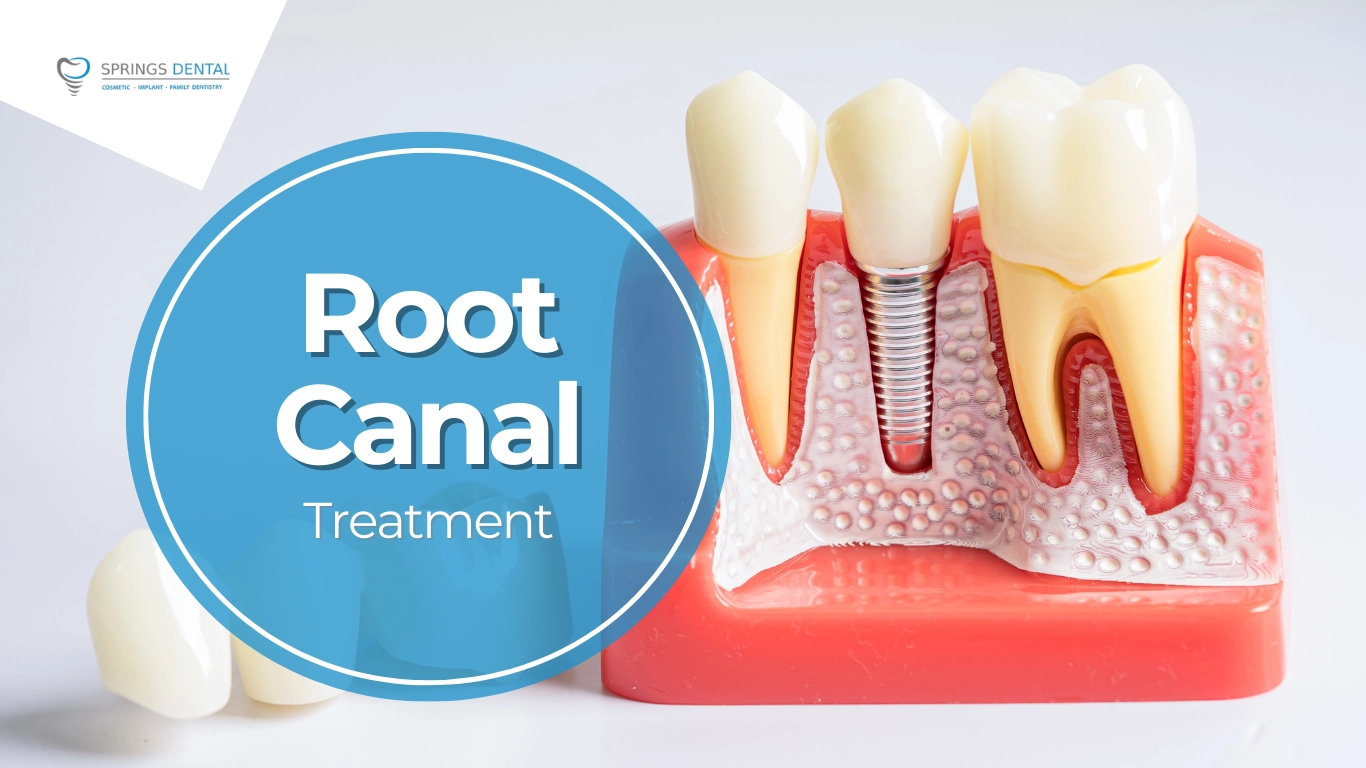A root canal is a procedure designed to save a tooth that has become severely infected or decayed. The term “root canal” actually refers to the natural cavity within the tooth’s root. Inside this cavity lies the pulp, a soft area containing nerves, blood vessels, and connective tissue. When this pulp becomes infected or damaged, it can cause significant pain and may lead to an abscess if left untreated. This is where the expertise of a root canal specialist becomes invaluable.
Step 1: Diagnosis and Preparation
The first step in the root canal process is a thorough examination and diagnosis. This usually involves X-rays to determine the extent of the infection and to assess the condition of the surrounding bone. Once the need for a root canal is confirmed, the tooth and surrounding area are numbed with a local anesthetic to ensure patient comfort throughout the procedure.
Step 2: Access Opening
After the tooth is numbed, Dr. Navarrete or Dr. Legon will create an access opening through the crown of the tooth. This opening allows the dentist to reach the infected or damaged pulp chamber and root canals. This part of the procedure is performed with great precision to avoid unnecessary damage to the surrounding tooth structure.
Step 3: Cleaning and Shaping the Canals
With access to the root canals, the next step involves cleaning out the infected pulp. Using specialized endodontic instruments, the dentist will meticulously remove the pulp tissue, bacteria, and any debris from the canals. The canals are then shaped and enlarged to facilitate thorough cleaning and to allow for proper filling and sealing later on.
Step 4: Filling and Sealing
Once the canals are thoroughly cleaned and shaped, they are filled with a biocompatible material called gutta-percha. This rubber-like material is placed inside the canals to seal them and prevent future infection. The access opening is then sealed with a temporary or permanent filling. In some cases, a crown may be placed to restore the tooth’s function and appearance fully.












